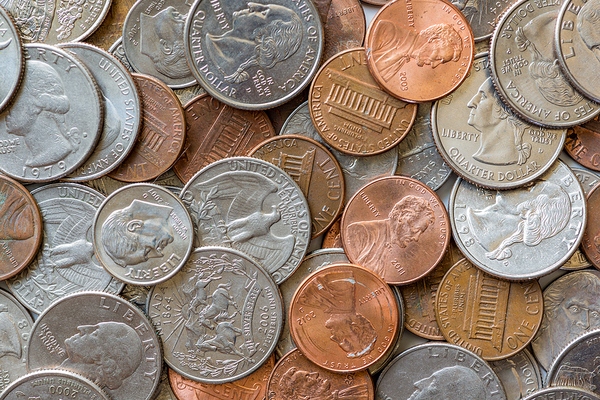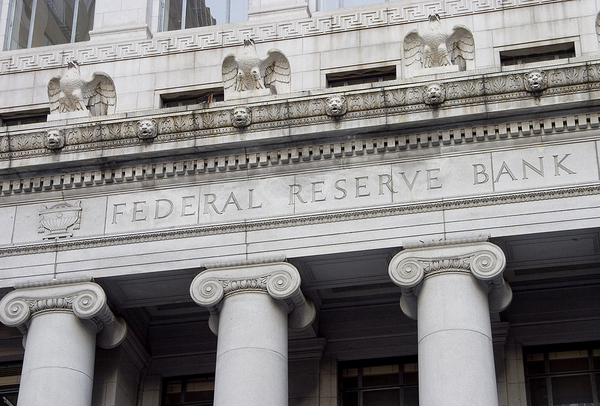View Sale Announcement Detail


Archived news
EXCERPT: Is there a coin shortage in the US, and if so, what's the cause of it?
 The use of coins for payment has been drastically reduced as a result of the coronavirus, causing a perceived shortage of coins in the US.
The use of coins for payment has been drastically reduced as a result of the coronavirus, causing a perceived shortage of coins in the US.
More retailers are requesting that customers pay for their purchases using plastic as opposed to cash as part of an effort to curb the spread of the coronavirus.
But others have also made the shift because of a potential shortage of coins on hand, leaving them without the required change to break bills. This is especially challenging for businesses that typically rely on cash-only transactions.
Out of all the issues that have been brought about as a result of COVID-19, a potential shortage of coins is an interesting one. The question is, how did this happen, and is there anything being done about it?
Reduction in the Circulation of Coins
There has undoubtedly been a shift in the way that consumers make their purchases. With less cash being used in stores, restaurants, and other retail establishments, less cash is in circulation as more people use credit or debit cards to complete purchases.
Businesses that take payment predominantly in the form of cash or coins - such as laundromats, car washes, public transit, and vending machines - saw operations come to a halt due to the pandemic. And without the exchange of coins between these businesses and their customers, the flow of coins within the economy has drastically slowed.
In essence, it's not necessarily a shortage of coins, but a disruption in their distribution that is causing these issues to come about.
The slashed circulation of coins is just the latest in a string of issues that the nation has had to deal with in response to the coronavirus pandemic, with prior challenges ranging from a shortage in toilet paper to a lack of inflatable pools.
 The Federal Reserve has put a task force together to address the issues of reduced coin circulation.
The Federal Reserve has put a task force together to address the issues of reduced coin circulation.
In early June, the Federal Reserve admitted that the current health crisis has disrupted the circulation patterns of coins. Over recent weeks, coin deposits from banks to the Federal Reserve have dropped, as has the US Mint's production of coins.
Today, the circulation of coins is not fast enough to meet demand, and the central bank is taking measures to get coins back into distribution and the economy.
Federal Reserve's Response to Tackling the Coin Shortage Issue
In response to reduced coin circulation, the Federal Reserve established a Coin Task Force made up of various professionals. These represent not only the Fed itself, but other organizations such as the US Mint, the American Bankers Association, banking organizations, money carriers, and others.
The group's recommendations are expected to be published by August but may include a public call for coin deposits and tactics to deal with any hiccups in the supply chain that have caused slowed coin orders.
In the meantime, several banks are taking steps of their own to deal with the shortage, including distributing coins among branches, offering bonuses to clients who bring their change in, and even stockpiling coins. JPMorgan, for instance, has taken steps to boost the movement of coins by redistributing them throughout the bank's branch network so that clients can get the coins they need. And NY-based Ulster Savings Bank started stocking up on paper cash and coins weeks before the coronavirus crisis was declared a pandemic.
While we might be seeing an increase in coins coming back into circulation as businesses start opening back up, a cutback in the overall use of coins as more consumers shift to credit and debit card payments is likely to be a long-lasting situation.
Sign up for our newsletter for the latest news.
Garnet Capital Advisors 500
Mamaroneck Avenue, Harrison, NY 10528
(914) 909-1000
info@garnetcapital.comGarnet Capital Advisors 500
Mamaroneck Avenue, Harrison,
NY 10528
(914) 909-1000